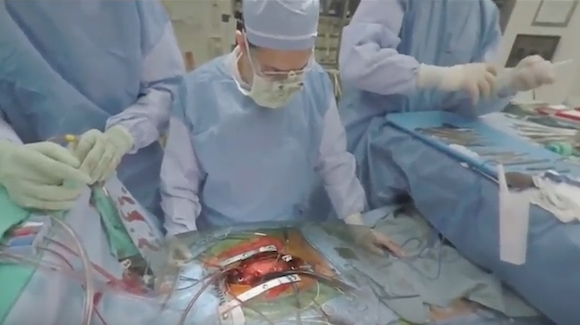NEW YORK (Reuters Health) – Prophylaxis against infective endocarditis during vaginal or cesarean delivery is no longer generally recommended. That’s one of the advisories included in an updated Practice Bulletin on the use of prophylactic antibiotics in labor and delivery issued by the American College of Obstetricians and Gynecologists.
The committee compiling the guidelines points out in its report in Obstetrics & Gynecology for June that administering antibiotics to prevent infections during the antepartum, intrapartum, and postpartum periods was seen as having few adverse consequences, but concerns about the emergence of bacterial resistance have prompted increased scrutiny of the practice.
The panel therefore reviewed the evidence for the use of antibiotic prophylaxis in situations where it has been frequently prescribed.
The authors found reliable evidence to recommend antimicrobial prophylaxis for all cesarean deliveries, administered within 60 minutes before the start of the c-section, and that a single dose of a targeted antibiotic such as a first-generation cephalosporin is preferred.
High level evidence also indicates antibiotics for women with preterm PROM, in order to prolong the period between membrane rupture and delivery, the authors advise. However, in contrast to this, antibiotic prophylaxis should not be used to prolong pregnancy during preterm labor when membranes are intact, according to the document.
While, as mentioned, infective endocarditis prophylaxis is not usually necessary in the absence of bacteremia, the committee notes that it is reasonable during vaginal delivery in patients at highest risk: that is, women with cyanotic cardiac disease, or prosthetic valves, or both.
The authors found insufficient data to recommend antibiotic prophylaxis in several situations in which it is commonly administered. These include repair of perineal lacerations, during cervical cerclage, and when the placenta is removed manually.
The guidelines replace previous Committee Opinions issued in 2008 and 2009.
Obstet Gynecol 2011;117:1472–1483.









